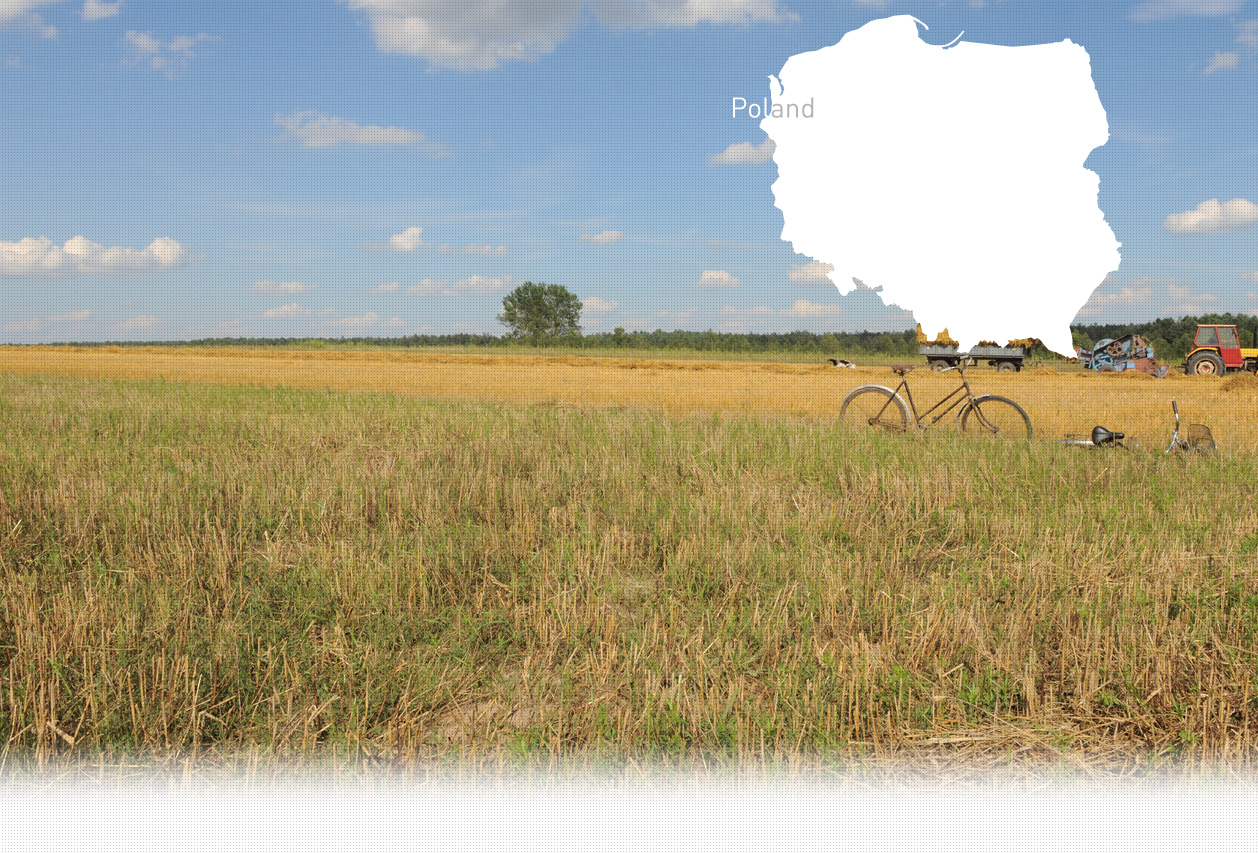

1 Killing site(s)
Władysława Z., born in 1928: “Before the war, Stróżówka was much smaller than it is today. There were about 300 homes then—almost twice as many as there are now. Most residents were Polish Catholics, but there were also a few Jewish families. What was somewhat unusual was that most of these Jewish families owned fairly large farms, while only two ran shops. This differed from the typical pre-war pattern, where Jewish communities were primarily engaged in trade.
All the children—Jewish and non-Jewish—attended the local school together. I had a friend named Faiga, and I also remember a boy named Zeilich, who had a brother. Faiga’s parents were farmers, and her father also did some small-scale trading. He would buy chickens from local villagers and sell them in nearby towns.
I remember the adults used to scare us by saying that Jews kidnapped Catholic children, and as a child, I was very afraid of that. One day, on a Saturday, a little Jewish girl—a beautiful girl—asked me for a favor. Even though I was frightened, I was curious about what she wanted, so I went with her. She asked me to light their oven for them, as Jews did not do such things on Saturdays. I did what she asked, and in return, she gave me many delicious treats.” (Witness N°196P, interviewed in Stróżówka, on September 02, 2013)
Stróżówka is a village in the administrative district of Gmina Gorlice, within Gorlice County, Lesser Poland Voivodeship, in southern Poland. It lies approximately 5 km (3 miles) northwest of Gorlice and 96 km (60 miles) southeast of the regional capital, Kraków.
Before the Second World War, Stróżówka was a small village with about 300 houses. While most residents were Catholic, witnesses interviewed by Yahad recall the presence of (at least) several Jewish families. Little is known today about the pre-war Jewish community in the village. According to Władysława Z., born in 1928, the Jews in Stróżówka were relatively wealthy farmers, and two Jewish families owned small shops. Polish and Jewish children attended the same local school.
The nearest synagogue was located about 5 km away in Gorlice, the seat of both Gmina Gorlice and Gorlice District. Gorlice had a significant Jewish community of around 3,400 people before the war. The Jews of Gorlice primarily traded in wine, cereals, and tobacco, and they also owned various industries, including sawmills.
The town of Gorlice was occupied by German troops on September 7, 1939. Soon after, the entire Gorlice County—including Bobowa and Stróżówka, located 24 km and 5 km respectively from Gorlice, the county capital—fell under German occupation. In September 1939, Gorlice had approximately 3,400 Jewish residents, and Bobowa about 700. Although many people fled at the onset of the war, the Jewish population of Gorlice grew during the first year of occupation.
In October 1941, the Nazis established a ghetto in Gorlice. At that time, the Jewish community there numbered around 3,500 people, a figure that grew as refugees continued to arrive. By early August 1942, Jews who had previously been displaced to Biecz and Bobowa were forced to return to Gorlice.
Separately, between late 1941 and early 1942, Jews from surrounding areas—including Brzana and Gładyszów—were moved into the Bobowa ghetto. By April 1942, the Jewish population in Bobowa had risen to 1,345, including 678 displaced persons.
Deportations to the Bełżec killing center and mass shootings began in the spring of 1942. On August 14, 1942, during the liquidation of both the Gorlice and Bobowa ghettos, approximately 700 Jews—predominantly women and children—were transported to the Garbacz Forest near Stróżówka, located about 18–20 km from Bobowa and around 5 km from Gorlice. At the Garbacz Forest, the victims were forced to undress before being shot and buried in mass graves dug by young Polish men (“Junaki”) from the Baudienst. While it is widely believed that most, if not all, of Bobowa’s ghetto residents were killed in the Garbacz Forest, some accounts suggest that about 400 Jews—likely women, children, and the elderly—were murdered in the Dąbry Forest near Bobowa.
According to Władysława Z., born in 1928 and interviewed by Yahad, the execution proceeded with trucks arriving every half hour, each carrying 20–30 people. The Jews were forced out in twos or threes, often subjected to beatings or immediate killings. Ukrainian shooters, dressed in green jackets and black pants, carried out most of the executions, while Gestapo officers in black uniforms appeared occasionally. The victims were marched 80–100 meters from the trucks to the pit, crossing a small bridge. Władysława recalled that “Junaki” sometimes helped disoriented Jews walk towards the pit. The victims were shot individually next to the pit, often across a plank laid over its length, and the killings continued until evening. Later, the victims’ belongings were taken away in cars.
After liberation, a wall was built around the killing site, and a monument was erected with the inscription:
“This mass grave holds the remains of approximately 700 Jews from Gorlice and Bobowa, victims of the Nazi massacre, brutally murdered on August 14, 1942. The construction of this grave and the care for this holy place are primarily thanks to citizens Nuchym Ormianer and Jakub Peller, chairman of the District Jewish Committee.”
Neither historical sources nor oral histories have allowed researchers to determine with certainty the fate of the several or dozen Jewish families from Stróżówka during the Holocaust. However, it is highly probable that they shared the fate of the Jewish communities of nearby Bobowa and Gorlice.
Do you have additional information regarding a village that you would like to share with Yahad ?
Please contact us at contact@yahadinunum.org
or by calling Yahad – In Unum at +33 (0) 1 53 20 13 17